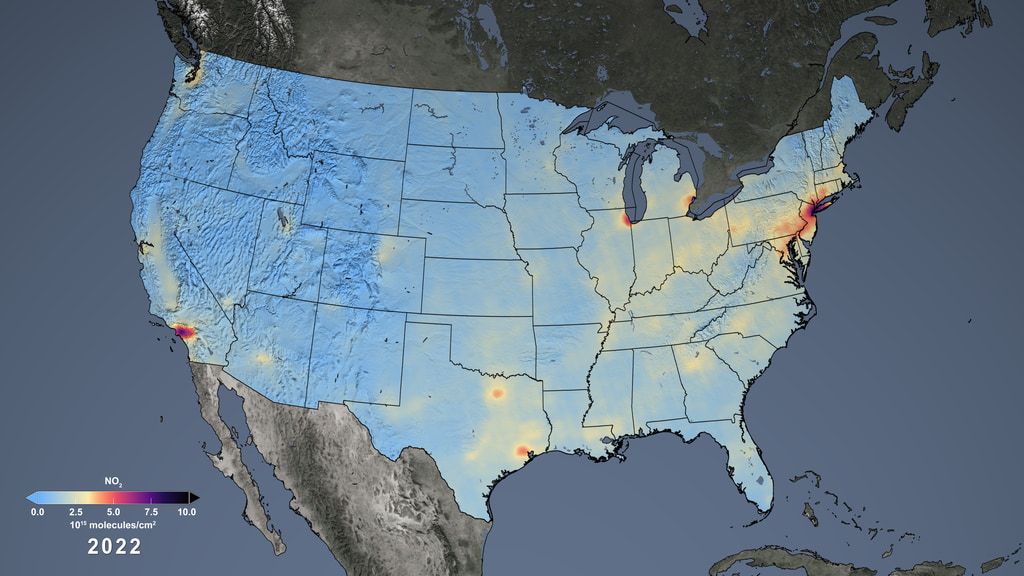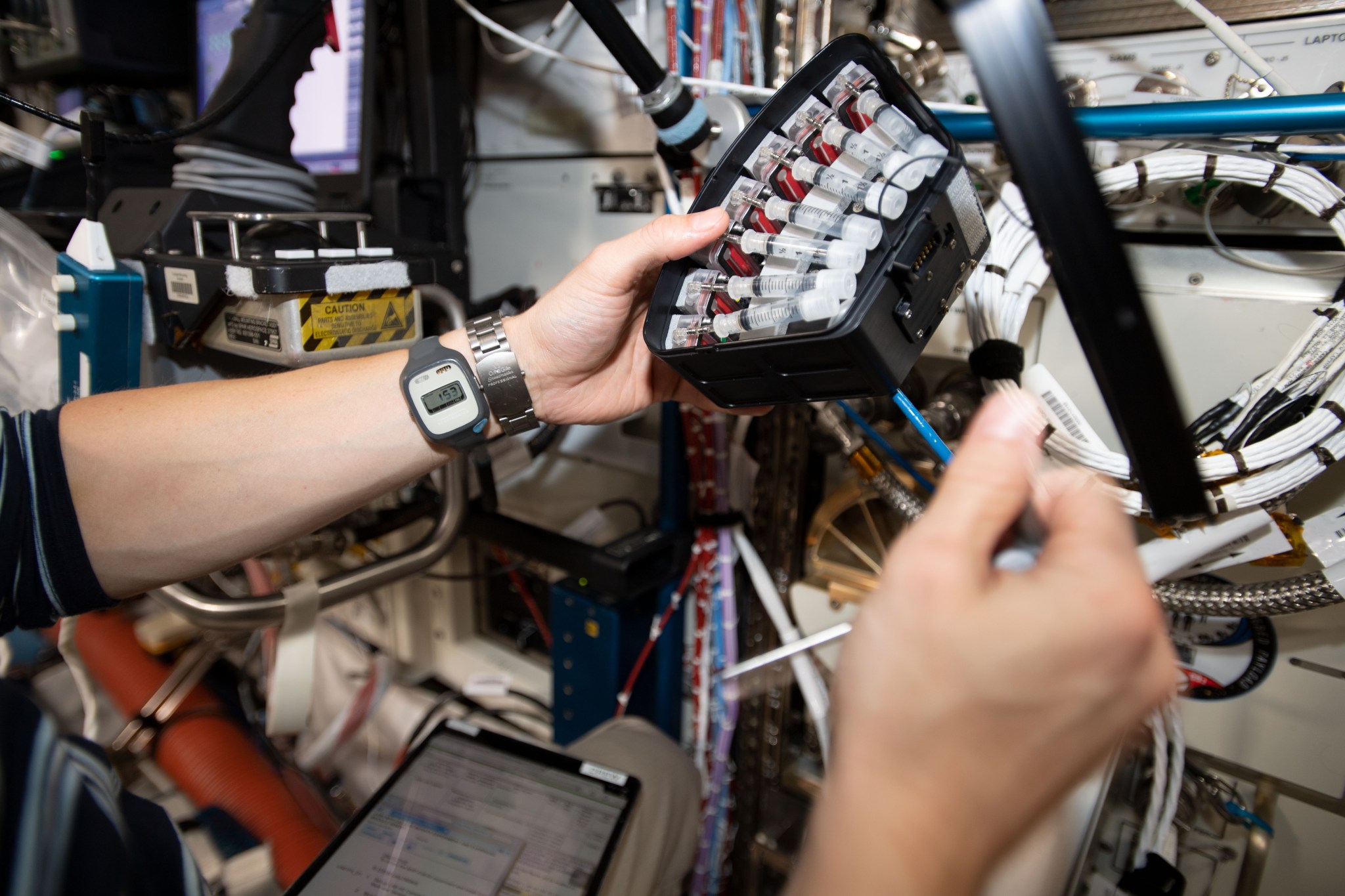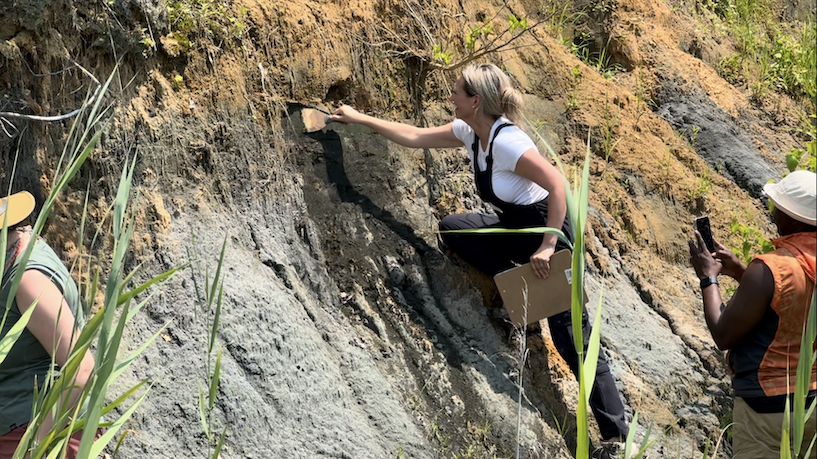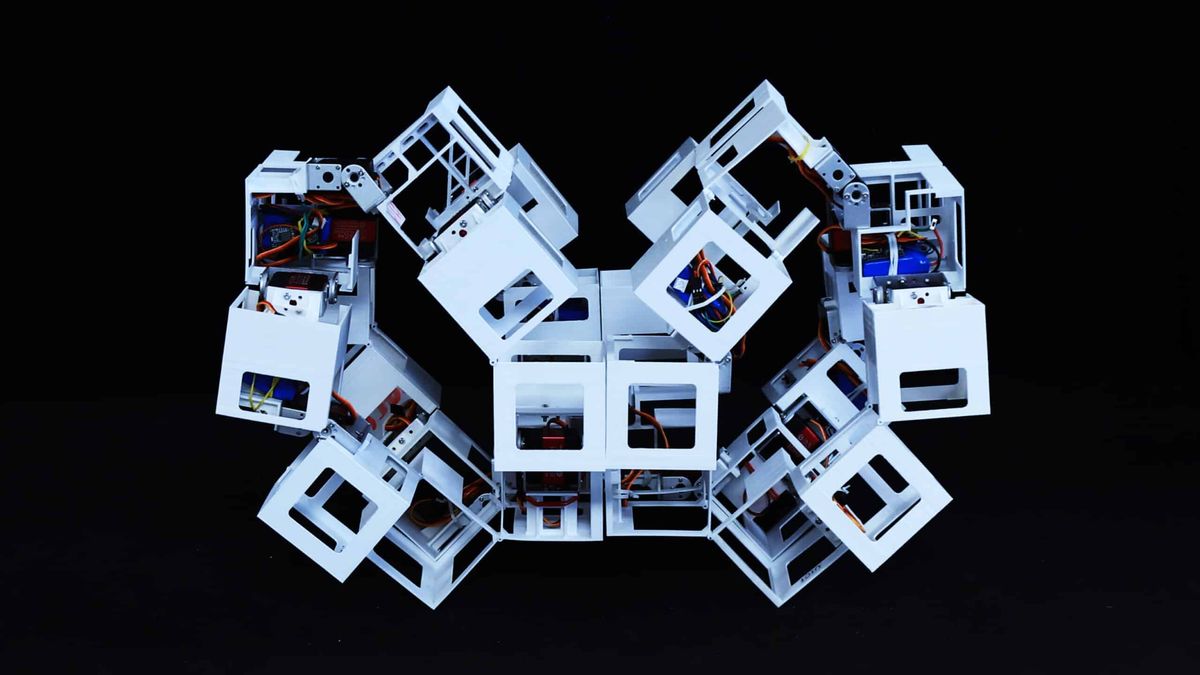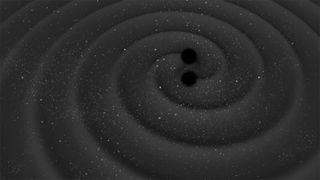The sun’s stormy weather is supercharging auroras on Earth this week, due to a series of intense geomagnetic storms triggered by recent solar flares. On Monday (Aug. 12), the U.S. National Oceanic and Atmospheric Administration’s (NOAA) Space Weather Prediction Center (SWPC) detected a severe G4-class geomagnetic storm over Earth at 11 a.m. EDT (1500 GMT) that surely would have amplified northern lights displays across the United States if it had not occurred in the middle of the day. “A severe geomagnetic storm includes the potential for aurora to be seen…
Read MoreCategory: Nasa
Nasa
Axiom Space’s next astronaut mission to the ISS with SpaceX delayed to spring 2025
Axiom Space’s next astronaut mission to the International Space Station will be delayed by several months, into 2025, due to required interagency approval processes. Ax-4, the name of that private astronaut effort by Axiom Space, had been targeted to launch no earlier than October of this year. It will now lift off no earlier than spring 2025, NASA officials announced on Friday (Aug. 9) via X. “The Ax-4 crew members are pending approval to fly to the orbiting lab by the Multilateral Crew Operations Panel,” NASA officials wrote in the…
Read MoreNASA satellite data adds key pollutant to national environmental justice database
Scientists harnessed satellite technology to track a key air pollutant previously absent from a national database, NASA announced earlier this week, marking a crucial step forward in monitoring differences in air quality across the U.S. and identifying groups whose health is unfairly affected. Measurements of nitrogen dioxide, which is primarily released into air through the burning of fossil fuels and can lead to respiratory diseases like asthma among other health problems, had been missing from the Environmental Justice Screening and Mapping Tool, or EJScreen. The database is maintained by the…
Read MoreStation Science Top News: August 9, 2024
Researchers tested a treatment on cartilage and bone tissue cultures subjected to compressive impact injury and found differences in the metabolites and proteins released by cells in space and on Earth along with partial improvement in both gravity conditions. The findings suggest the treatment is safe and could help ensure the health of crew members on future missions and patients on Earth. Astronauts have high rates of musculoskeletal injuries, and post-traumatic osteoarthritis from joint injuries is a major contributor to disability across all ages on the ground. MVP Cell-06 used cultures of human knee…
Read MoreWebb Sees Gassy Baby Stars
In this image of the Serpens Nebula from NASA’s James Webb Space Telescope, astronomers found a grouping of aligned protostellar outflows within one small region (the top left corner). Serpens is a reflection nebula, which means it’s a cloud of gas and dust that does not create its own light, but instead shines by reflecting the light from stars close to or within the nebula. NASA, ESA, CSA, STScI, Klaus Pontoppidan (NASA-JPL), Joel Green (STScI) NASA’s James Webb Space Telescope has captured a phenomenon for the very first time. The…
Read MoreSols 4270-4272: Sample for SAM
Curiosity Navigation Curiosity Home Mission Overview Where is Curiosity? Mission Updates Science Overview Instruments Highlights Exploration Goals News and Features Multimedia Curiosity Raw Images Images Videos Audio More Resources Mars Missions Mars Sample Return Mars Perseverance Rover Mars Curiosity Rover MAVEN Mars Reconnaissance Orbiter Mars Odyssey More Mars Missions The Solar System The Sun Mercury Venus Earth The Moon Mars Jupiter Saturn Uranus Neptune Pluto & Dwarf Planets Asteroids, Comets & Meteors The Kuiper Belt The Oort Cloud 2 min read Sols 4270-4272: Sample for SAM An image of “Discovery…
Read MoreEarth Educators Rendezvous with Infiniscope and Tour It
Learn Home Earth Educators Rendezvous… Earth Science Overview Learning Resources Science Activation Teams SME Map Opportunities More Science Stories Science Activation Highlights Citizen Science 3 min read Earth Educators Rendezvous with Infiniscope and Tour It At the Earth Educator’s Rendezvous, held July 15-19, 2024, NASA’s Infiniscope project from Arizona State University hosted a two-day workshop aimed at empowering Earth educators with the tools to design and build virtual tours (VTs). This hands-on session provided participants with a unique opportunity to experience first-hand how to create immersive virtual tours using…
Read MoreMarvel and ‘Star Wars’ take note. ‘Star Trek’ is now Hollywood’s ultimate shared universe
Shared universes go back way further than Tony Stark, Steve Rogers and co sitting down for some post-Chitauri shawarma. Superheroes have been moonlighting in each other’s comic books for decades, while Cheers regulars frequently paid Frasier a visit in Seattle. It wasn’t until Marvel Studios launched the MCU (Marvel Cinematic Universe), however, that the concept started to gain serious mainstream traction. By incorporating the contrasting adventures of Iron Man, Captain America, Thor and Black Widow into one gigantic, overarching narrative, Marvel successfully blended cinematic spectacle with the “must-watch-every-episode” ethos of…
Read MoreOrigami-inspired ‘transformer’ robots could help build habitats in space (photo)
A newly designed “transformer” robot with the ability to change shape could one day be used to build habitats in space. Engineers from North Carolina State University (NC State) have created a plastic cubed structure that can transform into more than 1,000 configurations using only three active motors. In theory, their design — which was largely inspired by the paper-folding art of origami — offers a more efficient way to send assembly structures into space, where the robot could then “transform” to serve various purposes, including carrying a load, according…
Read MoreSmall black holes could play ‘hide-and-seek’ with elusive supermassive black hole pairs
Binary pairings of small black holes could be used by astronomers in a cosmic game of “hide-and-seek” to hunt much larger, yet more elusive, supermassive black hole binaries. The technique could, therefore, help solve the mystery of how supermassive black holes grew so fast in the early universe. Detecting black holes is no easy task despite their reputation as fearsome cosmic titans. All black holes are surrounded by a one-way light-trapping boundary called an “event horizon” that ensures they emit no light. Even the supermassive black holes at the hearts…
Read More

